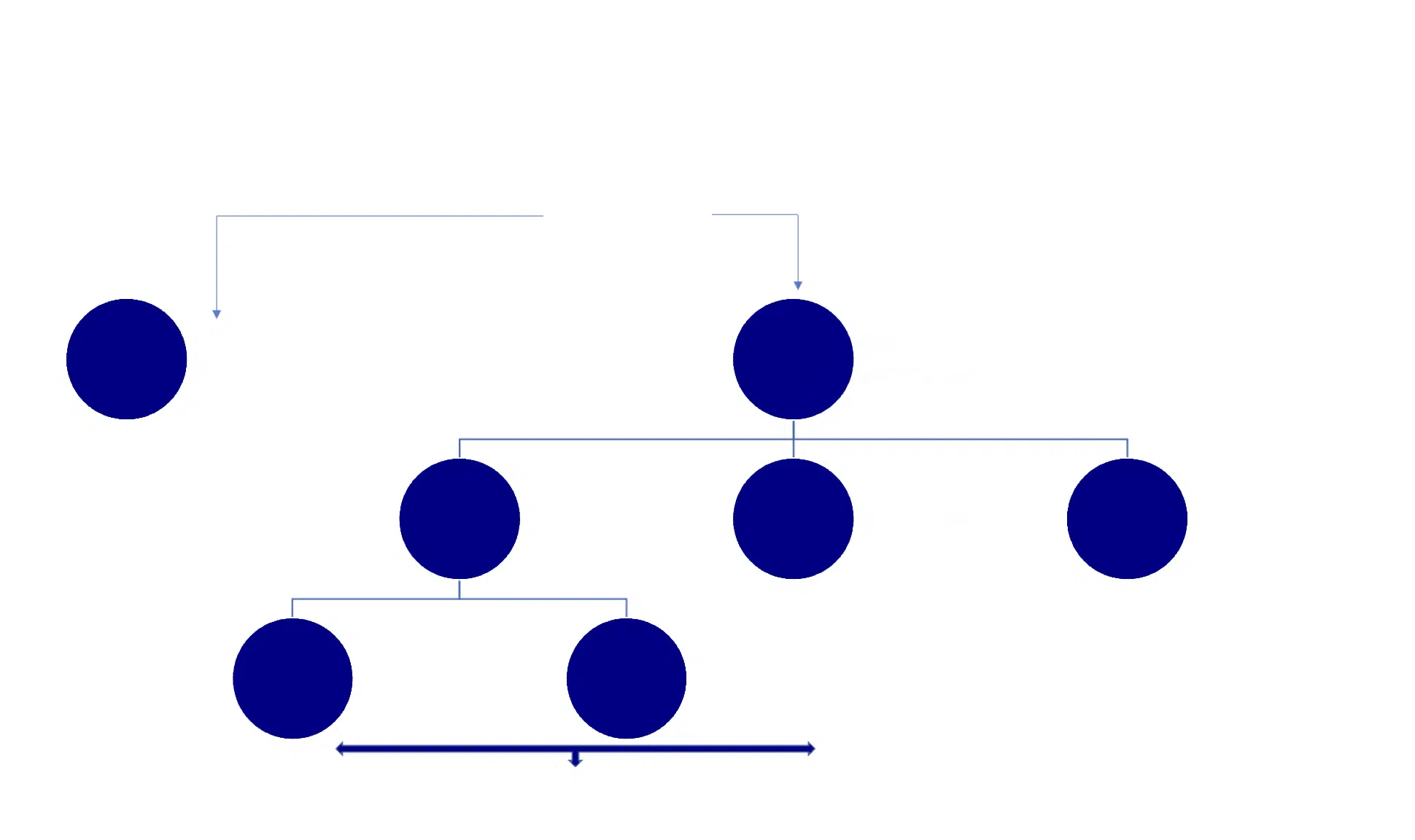One question that arises, what is the level of evidence of patient registries within the hierarchies of evidence that are frequently used in developing guidelines or decision-making. As observational studies, registries would be placed in a subordinate position to RCTs.
Data quality:
Ensuring the quality of data must be one of top priorities of the sponsor. This task requires resources, expertise and coordination between the clinical investigator and the CRO for registry under mdr
Recruitment and retention
Recruitment and retention of patients are important in the design and excution of a registry. The main challenge described is the difficulties with patient enrollment, losses to follow-up, and certain sites contributing the majority of patients, can have profound negative consequences on the study validity because the patients that are enrolled are not randomized.
Sample size:
A small registry with few patients and data points may be easier to execute, but the data could lack depth and be less meaningful.
If the sample size of a key unit of analysis is not sufficient to detect a clinically important difference, the validity of the entire study is weakened.
Our team is led by former notified body and competant authority leadership. They have significantly contributed to MDCG guidance documents on clinical evaluation, sufficient clinical evidence, and PMCF. They were also involved in the development of the requirements of MEDDEV 2.7/1 rev 4, which are now reflected in the MDR.
At the end of a clinical trial, there is usually limited knowledge of the medium and long-term safety and performance of the device. The medium- and longer-term safety and performance of a device is estimated on the basis of premarket trial durations, that are generally inadequate to validate extrapolation hypothesis in real life, particularly implant longevity hypotheses.
ECLEVAR can help in collecting the clinical data required and provide long-term clinical strategy that support your business in EU, UK and Australia.

Coming soon
Coming soon
Coming soon
Coming soon
As indicated in the clinical evaluation report, the clinical safety and performance of the medical device was not adequately supported by existing clinical evidence. In order to continue marketing vascular devices in the European market, the client was required to conduct a PMCF study in accordance with MDR Chapter VI – Clinical Evaluation and Clinical Investigation, specifically paragraphs 62 – 82, as well as ISO 14155: 2020, and a PMCF study was required to obtain sufficient clinical data in compliance with ISO 14155: 2020.
OBJECTIVE
To confirm the safety and performance of vascular devices, both in terms of expected service life and anatomical location (carotid artery and femur). Identify and analyze emerging risks based on actual evidence; confirm that the benefit-risk ratios referred to in the EU MDR remain within acceptable limits. Verify that the intended use is correct and identify potential systematic misuse and off-label use of medical device X.
METHODOLOGY
The sponsor conducted a multicenter RWE to collect clinical data on vascular devices. The objective was to investigate short- and long-term outcomes when used in a larger and more diverse patient population.
All data were extracted from patients’ medical record data from the time of surgery (considered the study baseline) up to 3 years postoperatively.
Three hundred subjects from three sites were evaluated: 150 at the carotid site and at least 150 at the femoral site.
BENEFITS
Contribution to larger body of evidence under construction.
Representative population of target patient population
Approval by Notified Body to perform MDR certification
Limitations: Insufficient long-term evidence
Solution: implementation of a European vascular registry
The artificial vascular registry of 500 patients had problems with inadequate documentation and lack of follow-up. Linking the data to the French national health insurance claims database had the potential to increase the sponsor registry and improve data quality.
The objective of the proxy SNDS was to link population data from the population vascular registry to national reimbursement data.
RESULTS
Data completeness was improved and follow-up loss was minimized; data for 92% of patients in the SNDS database could be linked; the percentage of follow-up loss over 5 years went from 39% in the electronic case report to 1% when linked to the SNDS database; and the percentage of follow-up loss over 5 years went from 39% in the electronic case report to 1% when linked to the SNDS database. The respective mortality curves of the SNDS and electronic case report data essentially overlapped.
CONCLUSIONS
Linking data from the SNDS database to the sponsor’s registry could fill the data gap and, in effect, substantially reduce the number of lost to follow-up in the registry population.
The main objective of any clinical evaluation is to demonstrate the safety and performance of a medical device. This is an essential process that is part of the conformity assessment procedure for obtaining the CE mark.
In the MDR, the scope and emphasis of the clinical evaluation is more important than in the MDD.
Eclevar, a CRO specialized in medical devices, hosts a 45-minute webinar dedicated to the changes in clinical evaluation under the MDR. In this webinar, we will review the requirements for clinical evaluation and the best practices to address these changes effectively.
Subscribe to our newsletter

VISIT US
ECLEVAR FRANCE:
231 rue Saint-Honoré, 75001 Paris, France
ECLEVAR GMBH
ERFURT, Erfurt Hauptbahnhof
4th, 5th floor
Bahnhofstr. 38 Erfurt 99084
ECLEVAR Australia
Umina Beach NSW 2257, Australia
ECLEVAR UK Limited
3rd Floor 207 Regent Street, London, W1B 3HH
CONTACT US